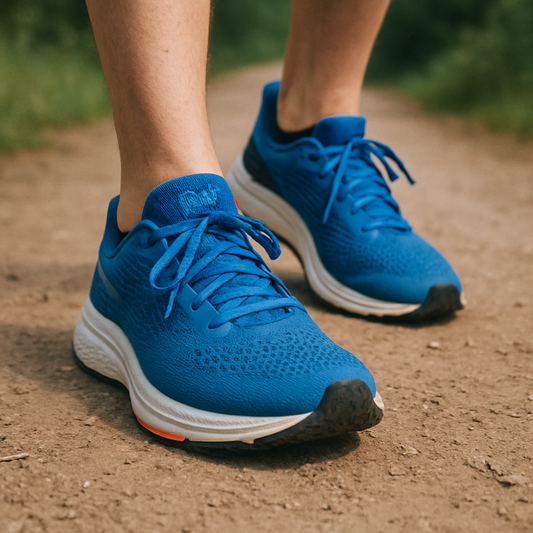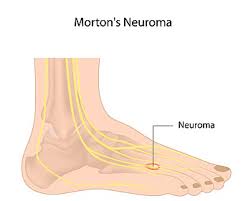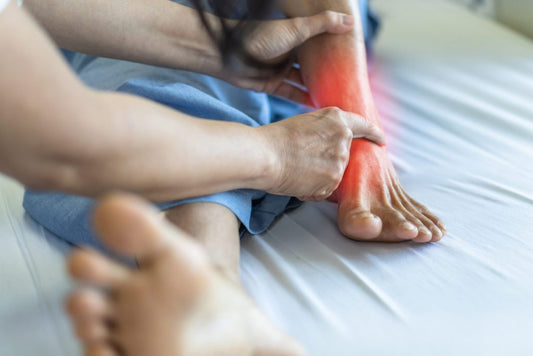featured Running with Diabetes: Essential Tips for Safety, Comfort and Foot Health
Running with diabetes can be both rewarding and challenging. Learn how the right preparation, careful blood sugar management, and supportive footwear from DiabeticShoe.in can make running a safe and enjoyable...
by Marketing Team
Read moreTop Benefits of Diabetic Shoes for Better Foot Health
Diabetic shoes are more than just footwear. They are a vital part of protecting sensitive feet, reducing pressure, and preventing complications. Learn how DiabeticShoe.in designs diabetic shoes that combine comfort,...
by Marketing Team
Read moreAre Golf Shoes Really Necessary? The Comfort and Performance Difference
Golf may look like a calm sport, but every round is a workout for your body and your feet. The right shoes make all the difference. Discover why golf shoes...
by Marketing Team
Read moreWhy Does It Feel Like There’s a Pebble in My Shoe?
That nagging sensation of stepping on a pebble or sock wrinkle, even when your shoe is empty, can be more than a minor annoyance. Often linked to Morton’s neuroma, metatarsalgia,...
by Marketing Team
Read moreUnderstanding Foot Inflammation: Causes and Treatments
Foot inflammation can result from injuries, arthritis, infections, or circulation problems, and it manifests through swelling, pain, and stiffness. While home remedies like rest, ice, and compression can provide relief,...
by Marketing Team
Read more










